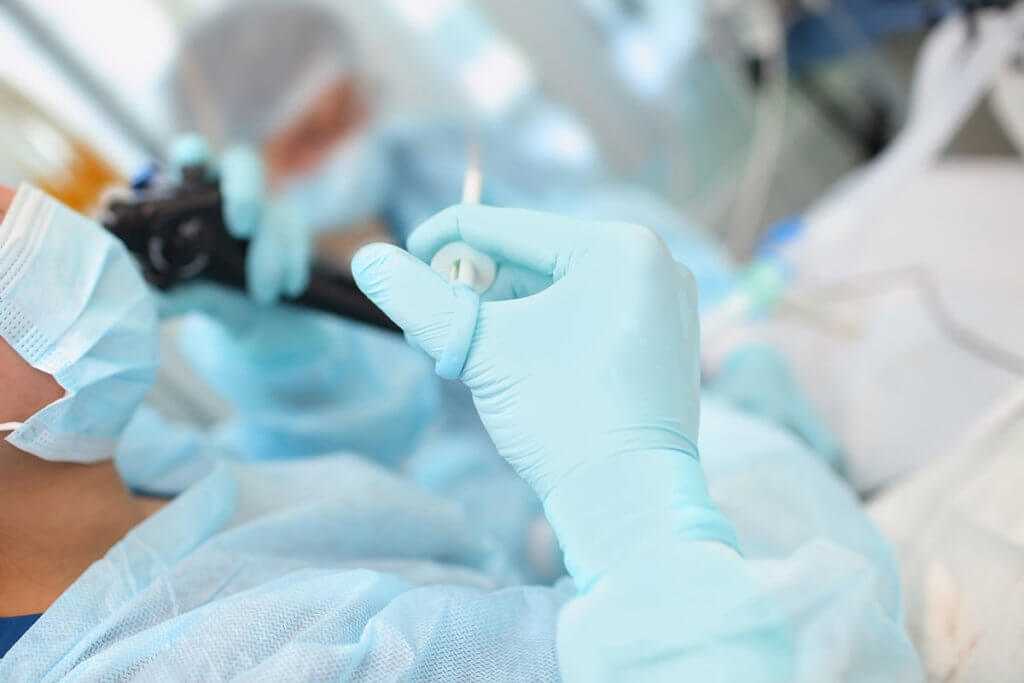
A 2019 survey found that a dozen “superbug” infections had been linked back to flexible bronchoscopes since 2012. Two-thirds of these bronchoscope-related multidrug-resistant organism infections were reported in the U.S.
All the reported infections in the survey—published in the October 2019 CHEST article, “Bronchoscope-Related ‘Superbug’ Infections,” written by Dr. Atul C. Mehta of the Cleveland Clinic and Lawrence F. Muscarella of LFM Healthcare Solutions in Montgomeryville, Pennsylvania—were traced back to flexible bronchoscopes that had been reprocessed, suggesting that current reprocessing guidelines and practices are not strict enough to prevent infection.
Multidrug-resistant organisms, or MDROs, have long been identified as health risks, the authors note, but the spread of these infections through a reprocessed flexible bronchoscope is a newly-identified safety concern.
“Greater public awareness is recommended to ensure this risk is not overlooked and potentially eclipsed by the well-deserved focus that health officials and the media have placed on concerns about contaminated duodenoscopes,” Mehta and Muscarella write in CHEST. “Several issues remain unresolved including whether the true incidence of post-bronchoscopic infections is significantly higher than estimated.”
“Superbugs,” another name for MDROs, are becoming an “increasingly serious threat to global public health,” according to the World Health Organization. As a result, the CDC has encouraged hospitals in the U.S. to adopt strict antimicrobial stewardship programs that are designed to limit the number of antibiotics prescribed to patients as an overabundance of antibiotics has been blamed for the rise in resistant organisms.
Of great concern is carbapenem-resistant Enterobacteriaceae (CRE), which the CDC describes as a “nightmare bacteria” because it is resistant to nearly all antibiotics. That includes carbapenems, a class of drugs often used as a last resort. CRE causes an estimated 9,000 infections per year in the U.S., resulting in approximately 600 deaths.
In addition, resistant organisms such as CRE and other related MDROs can pose a significant risk to bronchoscopy patients who may already have a compromised immune system due to underlying disease or other medical treatments they are receiving.
CRE can reside in water drains, faucets, and sinks in hospitals, but the resistant organism is most often transmitted via patient-to-patient contact, according to Mehta and Muscarella. This patient-to-patient contact may be by soiled hands or contaminated medical equipment.
While CRE infections have been linked back to contaminated duodenoscopes on a number of occasions, Mehta and Muscarella sought to discover if flexible bronchoscopes posed a similar infection threat. Through an extensive search of MEDLINE/PubMed database and the FDA’s Manufacturer and User Facility Device Experience Database (MAUDE), Mehta and Muscarella found 12 instances in which CRE or a related MDRO could be linked back to a reprocessed flexible bronchoscope.
The first reported CRE infection in the U.S. documented in the study was a case in 2014 in which scrapes on the channels of the bronchoscope in question may have helped contribute to the spread of infection. Other reports included in the study described loose parts or other damage to the instruments as potential spots where biofilm formed and bacterial growth occurred.
According to the article, cases of reported cross-contaminations from bronchoscopes prior to 2013 were a result of “an identifiable lapse in the manufacturer’s recommended reprocessing procedure.” This research, however, found several instances in which the flexible bronchoscopes linked to infections were reprocessed in accordance with manufacturer instructions, leading the authors to conclude the guidelines for reprocessing bronchoscopes need to be updated to mitigate and reduce the risk.
“Effective reprocessing steps validated to prevent a bronchoscope’s transmission of infectious microorganisms, particularly multidrug-resistant bacteria such as CRE, are critical to public health,” Mehta and Muscarella write.
Some of the recommendations offered by Mehta and Muscarella for reducing the risk of MDRO infection transmission include:
Roughly 500,000 bronchoscopies are performed in the United States every year and the number of reported infections is relatively low. Even after this extensive survey, Mehta and Muscarella concluded that it is unclear if the “true incidence of post-bronchoscopic infections is significantly higher than estimated.”


